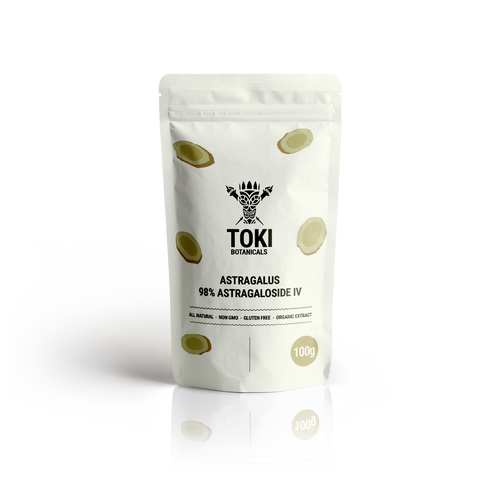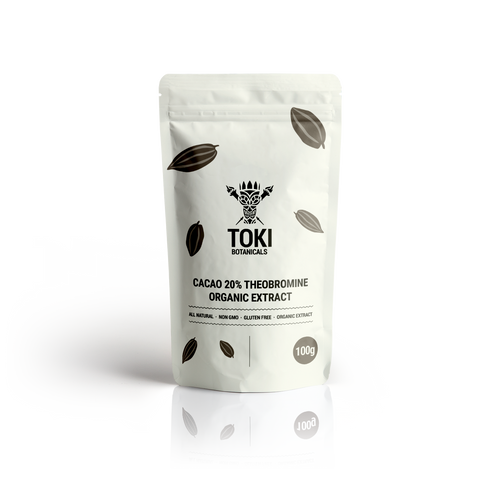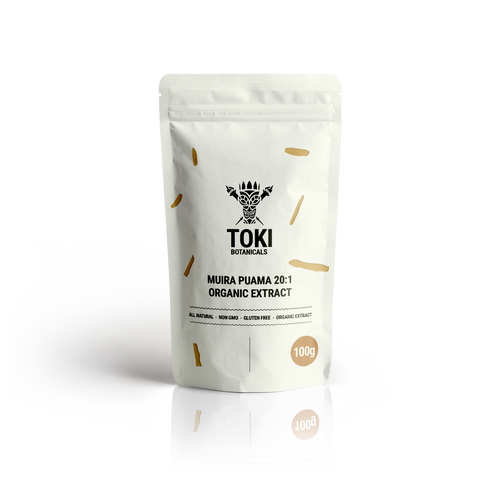Product Description
Astragaloside IV is one of the most exciting nutrients to hit the health market a while. Traditionally, astragalus is known as an adaptogen and mostly used as an immune booster, but has research in several other areas. Astragalus is now known for being good for our telomeres, which cap the ends and uphold the integrity of our DNA, but it also shines in many different areas. There is a product that has risen in popularity called TA-65. It is somewhat controversial, but it's an astragalus extract featuring a few different nutrients, which we carry.
In 2009, Elizabeth Blackburn won the Nobel Prize for discovering how the enzyme telomerase helps rebuild our telomeres. Telomerase was first discovered in the 1980s and gained the reputation of being a possible fountain of youth. Mice that are genetically engineered to lack telomerease age very quickly and suffered osteoperosis, diabetes, neuro-degeneration, and early death. When the enzyme was replenished, the mice quickly bounced back in quite miraculous fashion. The researchers allowed the mice to get to the brink of death and then gave a solution to stimulate telomerase, and were astounded at the swiftness and degree of recovery. (1) While telomerase may not be a miracle pill you can just take to reverse all disease and become a teenager again, it’s certainly looking like an important aspect of the eternal youth and health puzzle. (2,3)
Some of the other areas of research done so far shows a positive effect on the immune system, inflammation, the liver, heart, brain and of course aging. It effects on aging are likely due to its purported telomerase activating, anti-glycation effects. This study seems to show astragaloside upregulates telomerase activity. (4) This patent document also demonstrates activation of telomerase. (5)
Astragalus extracts may also help heal and regenerate nerves, including the sciatic nerve. (6) Some of astragaloside’s greatest effect seems to be on the heart and cardiovascular system, imparting a deeply protective effect. (7,8,9) The powerful anti-inflammatory effects add to those benefits, as inflammation is at the core of cardiovascular disease, along with many others. (10,11) There is some research done with rats showing that astragalus may be helpful for diabetics. Astragalus also seems to protect the kidneys and help improve some important markers of diabetes such as fasting glucose, lipid profiles, and reducing albumin in the urine. (12)
Animal research has also suggested that astragalus extracts reversed glomerular hyperfiltration and ameliorated the pathological changes in early diabetic nephropathy models. It also activates PPAR receptor gamma, which has a powerful multi-faceted effect on the body. Astragaloside also seems to have a protective effect on different types of tissues, including gastric and neural tissues. Research done on animals after an injury or incident such as a stroke showed amazing effects on protecting the body, and helping mitigate some of the damage that occurred. I think it’s safe to say that astragaloside IV has a very bright future in the world of natural medicine. (13,14)
Suggested use: 250 mgs once per day on an empty stomach. Absorption may be improved when used mixing with 5-10mgs of piperine and ginger.
References
- http://www.nature.com/news/2010/101128/full/news.2010.635.html
- http://www.ncbi.nlm.nih.gov/pmc/articles/PMC3370421/
- http://www.sciencedirect.com/science/article/pii/S1875213610001671
- http://www.ncbi.nlm.nih.gov/pubmed/22083896
- http://www.google.com/patents/US7846904
- http://www.ncbi.nlm.nih.gov/pubmed/25604645
- http://www.ncbi.nlm.nih.gov/pubmed/24432369
- http://www.ncbi.nlm.nih.gov/pubmed/25738576
- http://www.ncbi.nlm.nih.gov/pmc/articles/PMC2674594/
- http://www.ncbi.nlm.nih.gov/pubmed/14597987
- http://www.ncbi.nlm.nih.gov/pmc/articles/PMC4415625/
- http://www.ncbi.nlm.nih.gov/pubmed/24809932
- http://www.youngandraw.com/astragaloside-iv-is-a-powerful-antiinflammatory-super-herb/
- https://www.edmcasereports.com/articles/endocrinology-diabetes-and-metabolism-case-reports/10.1530/EDM-14-0063
- http://www.ncbi.nlm.nih.gov/pmc/articles/PMC4135229/







